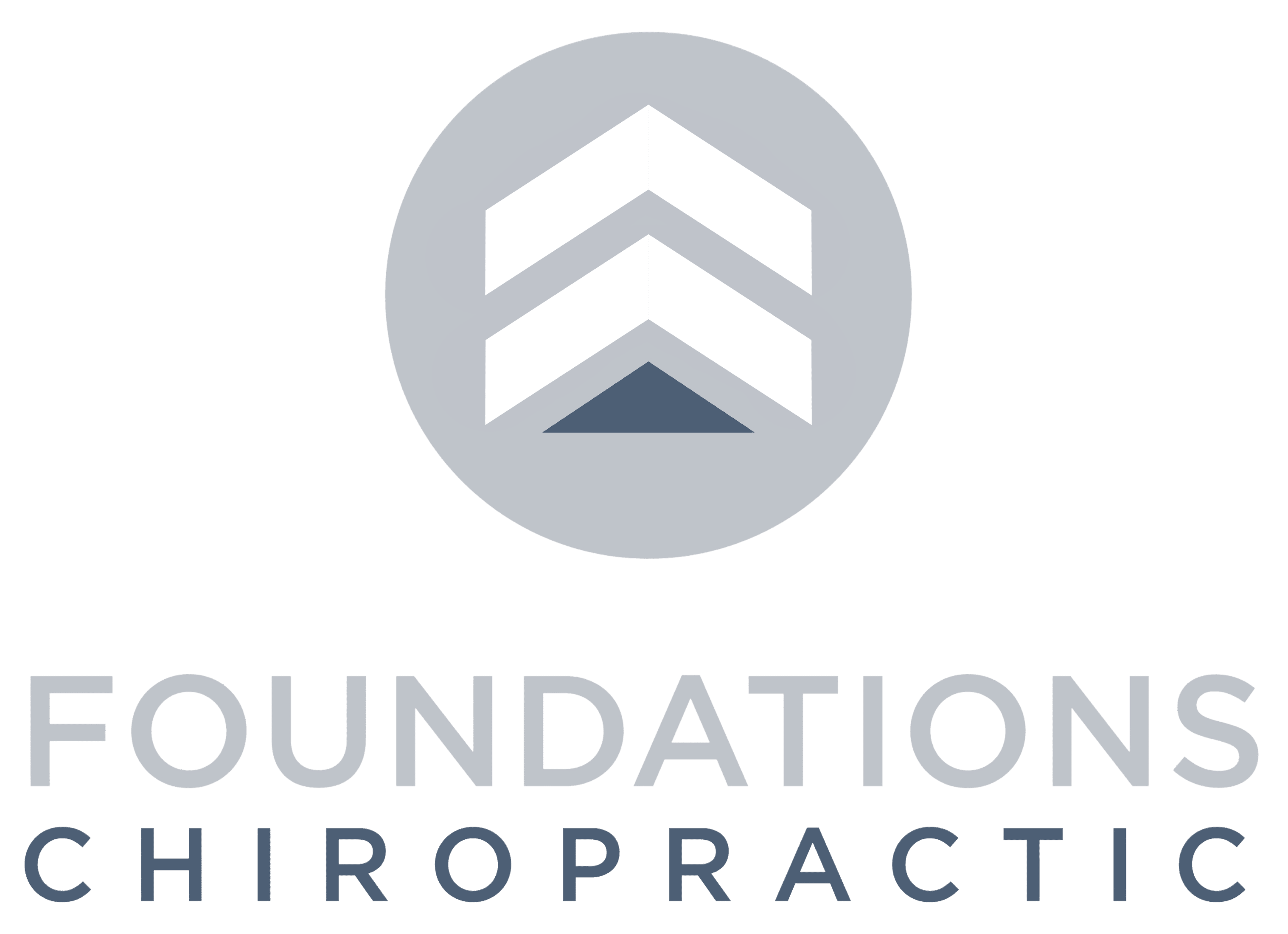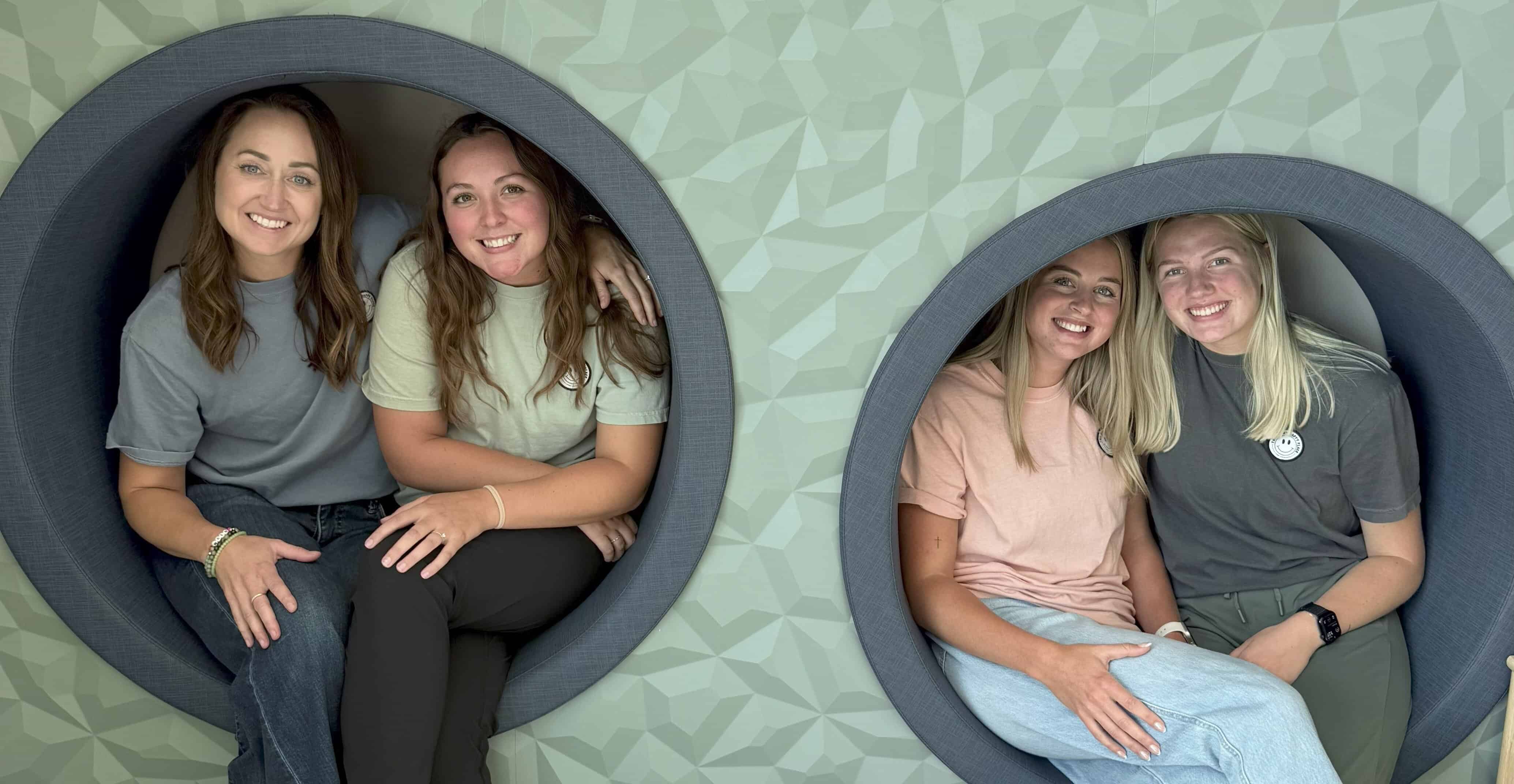For most children, development unfolds with ease. They coo, crawl, walk, talk, and connect right on schedule. But for some, the path is anything but predictable. Speech delays, emotional dysregulation, sensory overload, and social disconnects become more than just phases—they’re persistent signs that something deeper is going on.
For many parents, that “something” eventually becomes a diagnosis: Autism Spectrum Disorder (ASD). But while the label may offer an explanation, it rarely offers the clarity, support, or solutions parents are searching for. Often, they’re met with confusion, judgment, or generic advice like “kids just develop at their own pace.” And all too often, they’re told to “wait and see” while precious time ticks by.
That’s not how we do things at FC.
Let us introduce you to Audrey.
Audrey’s Story: From Overwhelm to Hope
Audrey was diagnosed with autism at age 4. Every day was a struggle—for her and for her entire family. She battled daily with emotional meltdowns, intense sensory overload, and heartbreaking communication challenges. Despite years of speech, OT, and behavioral therapy, progress was minimal. Her older sister started pulling away. Her parents felt helpless.
Then, they found a local PX Doc.
Through neurologically-focused chiropractic care and INSiGHT Scans, they discovered what had been missed all along—Audrey’s nervous system was stuck in stress mode. Her body wasn’t wired to process the world in a regulated, calm state.
With consistent chiropractic care focused on calming her overstressed nervous system, Audrey’s development began to shift. Her attention span grew, her emotional outbursts lessened, and her communication skills slowly emerged. She still needed support—but her future looked brighter. And her parents? Empowered and hopeful for the first time in years.
Audrey’s story isn’t rare. It’s the story of thousands of children across the spectrum—and thousands of families searching for real, root-cause answers.
Let’s break it down.
What Is Autism Spectrum Disorder?
Autism Spectrum Disorder (ASD) is a complex neurological condition affecting 1 in 36 children today. It’s characterized by:
- Challenges with social connection and communication
- Repetitive behaviors and restricted interests
- Sensory sensitivities (over- or under-responsive)
- Difficulty adapting to change
But no two children are the same. Autism exists on a spectrum—meaning some kids may have minimal challenges while others need full-time support.
The diagnostic framework categorizes autism into three levels based on the amount of support needed, not the child’s worth, value, or potential.
The 3 Levels of Autism: Symptoms and Support Needs
Level 1: Requiring Support
This level includes children who are often verbal but struggle with:
- Picking up on social cues
- Regulating emotions
- Adapting to change
- Coping with sensory input
They may seem “quirky” or misunderstood. They can thrive with the right coaching and support—but still carry internal stress that affects behavior and connection.
Level 2: Requiring Substantial Support
Children at Level 2 have more pronounced communication and behavioral challenges:
- Delayed or limited speech
- Difficulty interpreting social interactions
- Strong need for routine
- Frequent meltdowns or repetitive movements (like pacing or flapping)
Support plans typically include tailored education, therapy, and structured routines—but nervous system care is often missing from the picture.
Level 3: Requiring Very Substantial Support
This is the most intensive level, often including:
- Minimal to no speech
- Severe sensory overwhelm
- Near-total reliance on caregivers
- Extreme resistance to change
- Daily living challenges requiring constant support
Here’s the truth: even children at Level 3 can make meaningful gains when their nervous system is properly supported. We see it happen every day.
Communication and Behavior Across Levels
Each level presents differently in social and behavioral development:
Area Level 1 Level 2 Level 3
- Social Communication Misses cues, struggles with back-and-forth convo Limited language, atypical social responses Rare initiation, minimal engagement
- Repetitive Behaviors Needs structure, sensory sensitivities Frequent movements, strong attachment to routines Movements interfere with function, extreme resistance to changes
- Development Slight delays, mostly independent Noticeable delays, needs assistance Major delays, requires full-time support
Understanding where your child falls helps guide next steps—not just in therapy or education, but in nervous system care as well.
What Causes Autism? Looking Deeper Than Just Genetics
While the conventional medical world leans heavily on genetics, research and real-world experience show that environmental stressors and nervous system dysfunction play a major role.
This is what we call the Perfect Storm—a build-up of stress, toxins, and trauma that overwhelms a child’s developing nervous system.
Common contributors include:
- High maternal stress during pregnancy
- Birth interventions (forceps, vacuum, C-section)
- NICU stays or premature birth
- Repeated antibiotics or medications early in life
These experiences can lead to subluxation and dysautonomia—a nervous system stuck in “fight or flight” instead of calm and connected. Over time, this state of imbalance can disrupt development and lead to signs of autism.
Why Early Intervention Matters
The earlier we identify and address nervous system stress, the greater the potential for growth and healing.
That’s why our network doesn’t “wait and see.”
Instead, we:
✅ Perform neurological INSiGHT Scans to assess stress and subluxation
✅ Use gentle, neurologically-focused adjustments to restore balance
✅ Track measurable progress in brain-body communication
✅ Empower parents with answers—not just labels
And most importantly, we build HOPE. Because when a child’s nervous system starts to heal, everything else can begin to shift—communication, behavior, emotions, learning, and connection.
What Progress Looks Like
Whether your child is at Level 1, 2, or 3, here’s what we often see when care begins:
💬 More eye contact and engagement
🧠 Longer attention spans and clearer thinking
🛌 Better sleep and calmer transitions
🗣️ Emerging speech or use of communication devices
🤝 Rebuilding connection with parents and siblings
💛 A child who is finally seen, heard, and supported
Measuring the Wins with INSiGHT Scans
We don’t guess—we test.
At our office we use cutting-edge scanning technology like HRV, EMG, and thermography to measure the function of the vagus nerve and nervous system tone. As stress patterns ease, these scans begin to show balance, adaptability, and restored communication within the nervous system.
Parents don’t just feel the changes—they see them.
Your Child is Not Defined by a Diagnosis
Too often, families are told their child’s future is limited by their diagnosis. But that’s not our philosophy.
We believe:
- Every child is capable of growth
- The nervous system holds the key to healing
- Hope belongs in every care plan
- Progress can happen at ANY level
Autism is not the end of the story—it’s the beginning of a new one.
Start the Journey with us
If your child is struggling with sensory overwhelm, delayed development, communication challenges, or has an official autism diagnosis, we’re here to help.
Our mission is to uncover the why behind your child’s struggles—and to walk with you as they move toward healing, progress, and joy.
👉 Schedule an appointment with us.
👉 Get your child scanned to uncover hidden nervous system stress.
👉 Take that first step toward a future filled with possibility.
Together, we can unlock the incredible potential inside your child—no matter their level of autism. 💙

